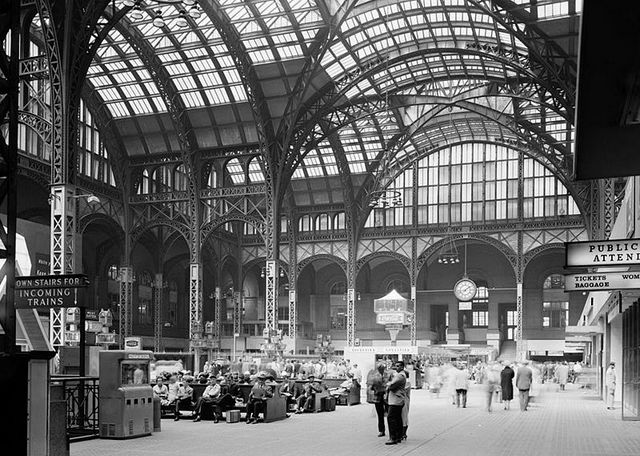When the original McKim, Mead and White designed Penn Station was demolished in 1963, not all of it was lost. There are many remnants from the 1910 building within the station itself and there is an entire building from the original complex still standing on 31st Street. This structure is what Untapped New York’s Chief Experience Officer Justin Rivers calls Penn Station’s largest remnant, and you can see it from the outside on his Remnants of Penn Station Walking Tour. The granite building at 242 West 31st Street, facing the south side of Madison Square Garden, once served as Penn Station’s coal-fueled power plant. This structure provided a variety of vital services to the station over the years. The photos below, shared to a Penn Station Facebook group, provide a glimpse inside the now-defunct power plant which has been largely abandoned for decades.
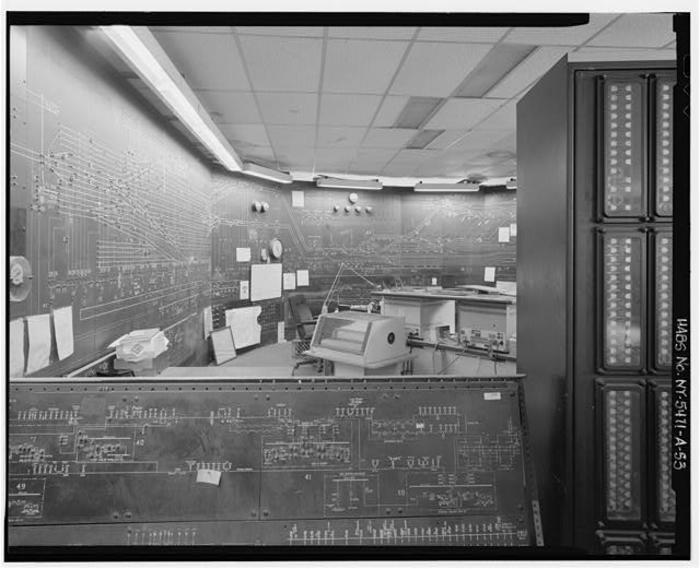
Much of Penn Station’s infrastructure was once controlled from inside the service plant. According to the New York Times, machines at the 31st Street building generated electricity to power the station, provide heat, light, elevator hydraulics, and refrigeration for the station, and even incinerate garbage. The electricity used to power the trains was generated by a different power plant on the east bank of the East River at Hunter’s Point according to New York’s Pennsylvania Stations by Hilary Ballon. By 1989, the power plant on 31st Street was almost completely obsolete.
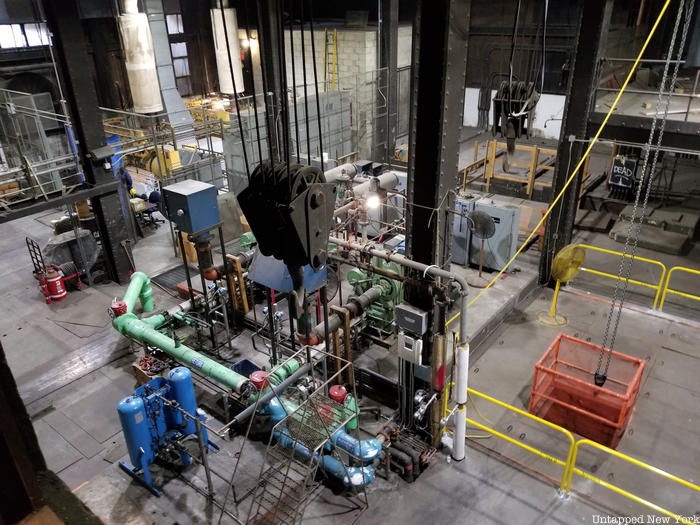
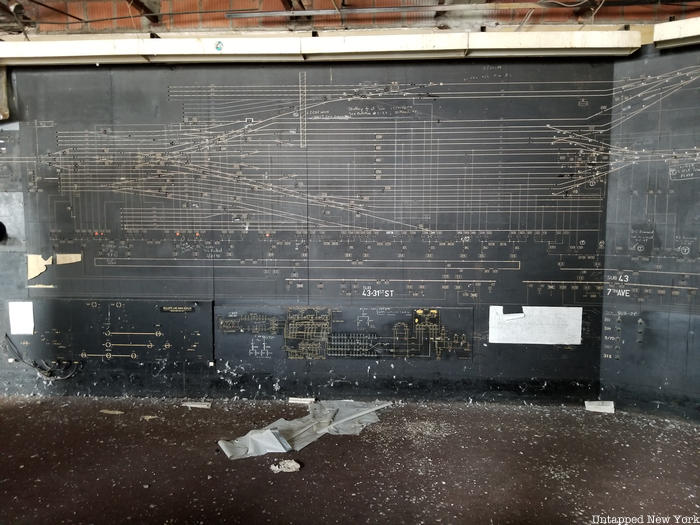
The photos in the gallery at the bottom of this article were taken in 1998 and in 2018. They reveal various corridors and rooms throughout the building filled with filing cabinets, electronics, and a giant control board showing Penn Station‘s tracks and connecting subway lines. Many parts of the building are unsafe to visit due to asbestos and other containments that have resulted from years of decay.
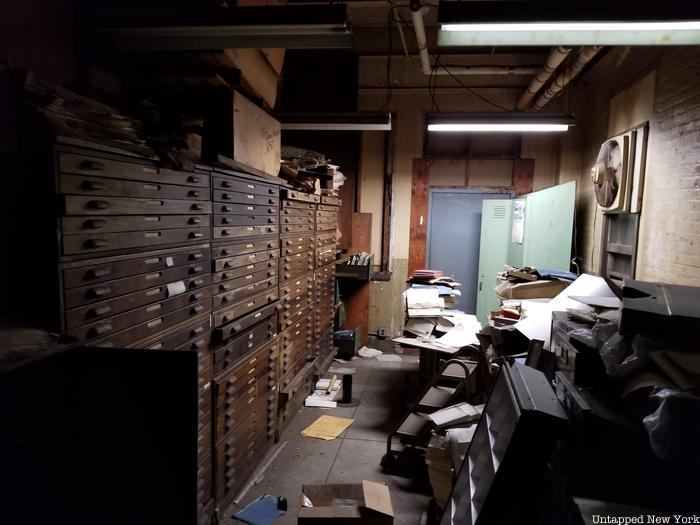
The Penn Station power plant was constructed before the station itself. Penn Station opened in 1910 but the service building was complete by 1908. Designed by Charles McKim and William Symmes Richardson, the building features a granite facade quarried from Stony Creek Quarry in Connecticut according to Christopher Gray. A row of Doric pilasters give it a classical style, though much more subdued than the neighboring station. Two smokestacks once rose from the top of the building, but those no longer exist.
Though the Penn Station Powerhouse was spared during Penn Station’s demolition, it is not a New York City Landmark. In the proposed Empire Station Complex plan, the power plant, along with other buildings on the block bounded by 7th and 8th Avenues and 31st and 30th Streets would be demolished to make way for a new terminal building and eight additional train tracks. The plan also endangers the historic Capuchin Monastery of the Church of St. John which sits on the block. The opening of Moynihan Train Hall and renovations to Penn Station have brought many changes to the transit hub already. Future plans will determine if the power plant survives or joins the original Penn Station on New York City’s list of lost structures.
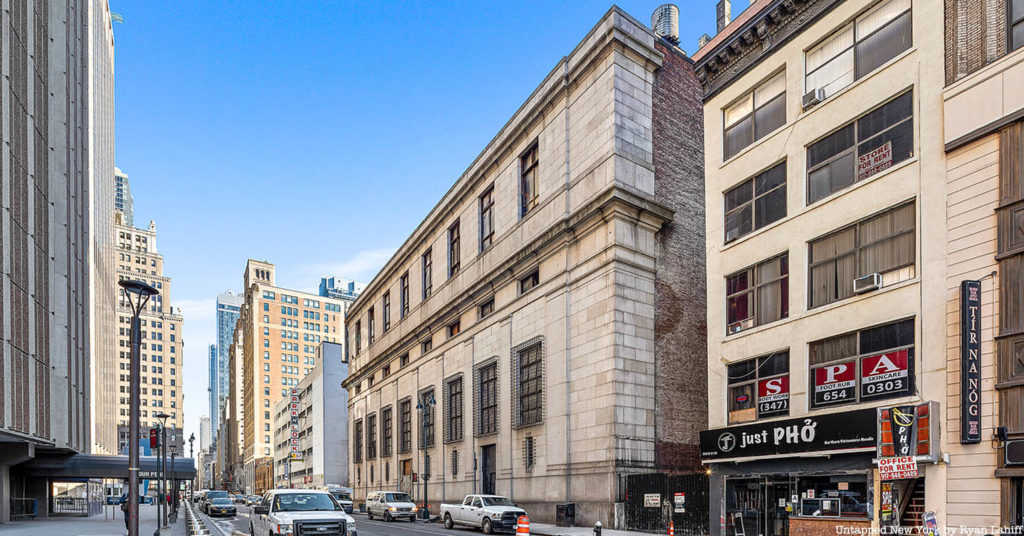
Discover more hidden-in-plain sight remnants of the original Penn Station on our upcoming walking tour led by Untapped New York’s Chief Experience Officer and Penn Station expert, Justin Rivers! You will also get to check out the brand new Moynihan Train Hall inside the historic Farley Post Office Building. Please note this tour will not go inside the Penn Station Powerhouse.
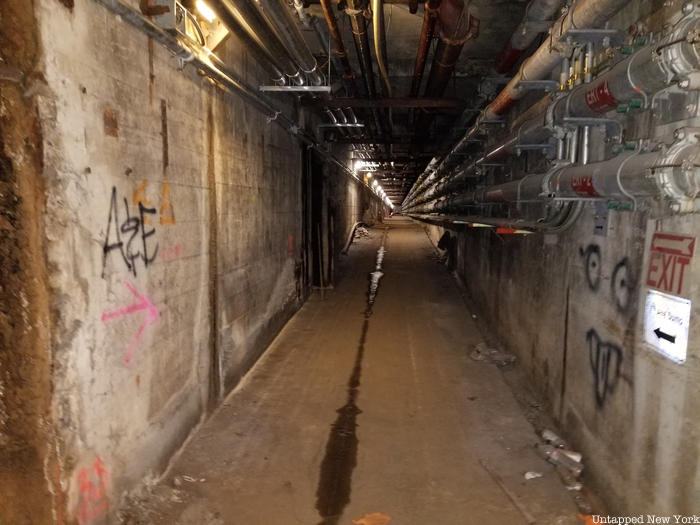
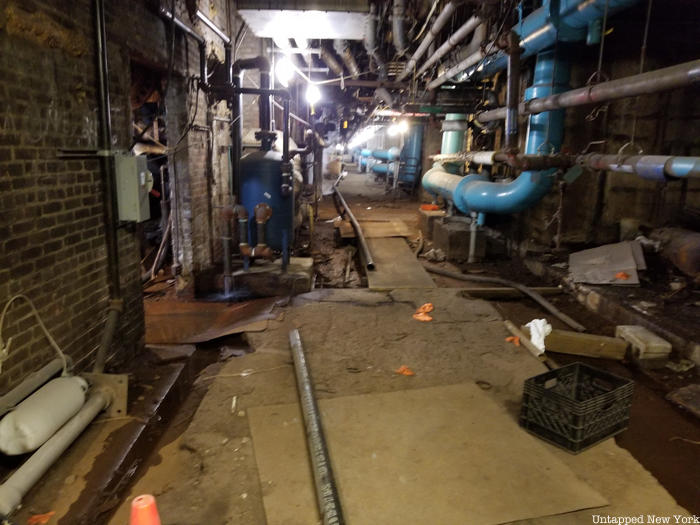
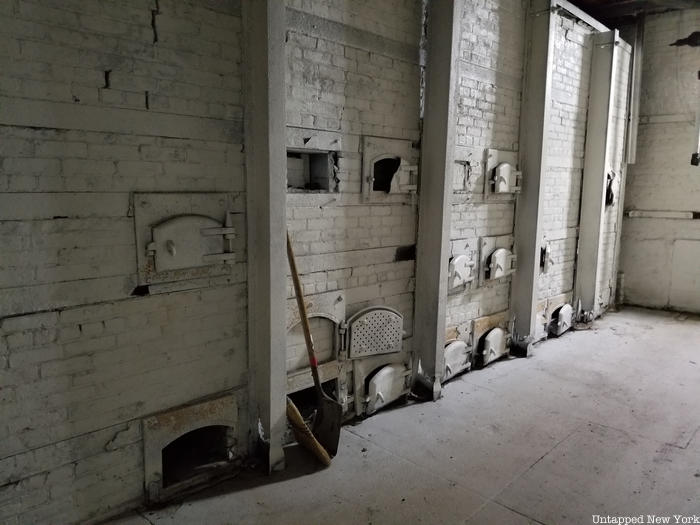
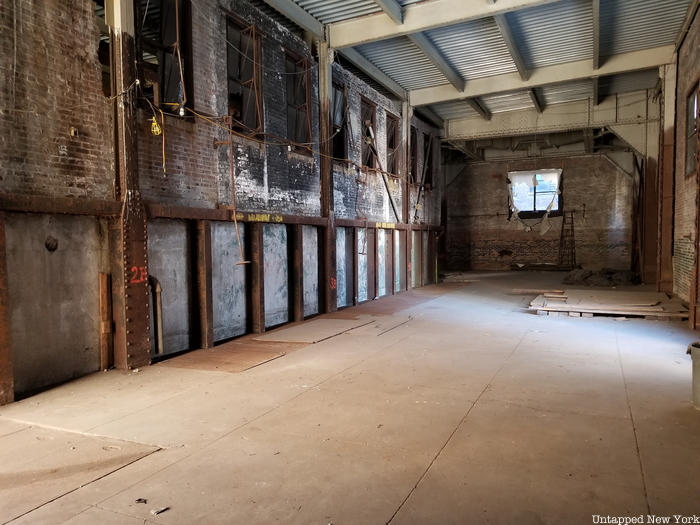


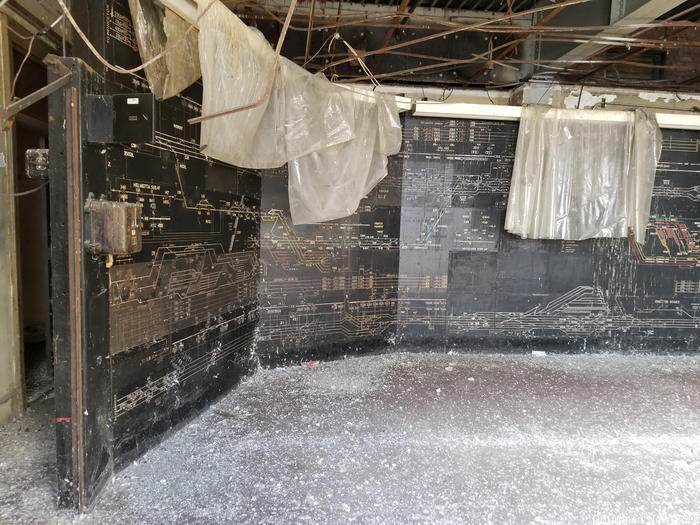
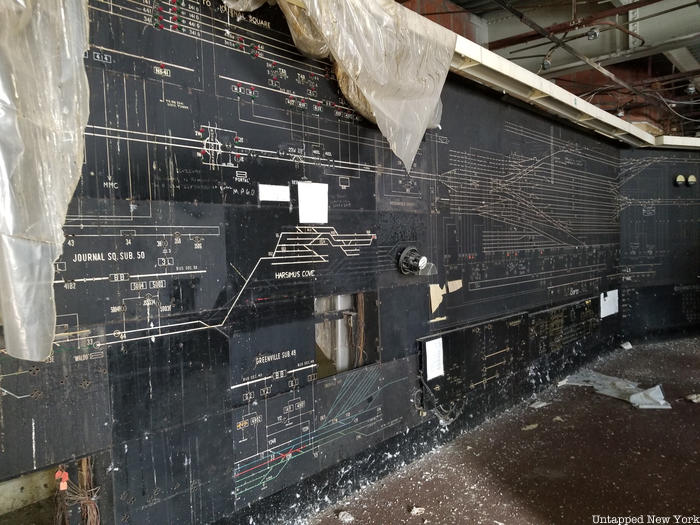
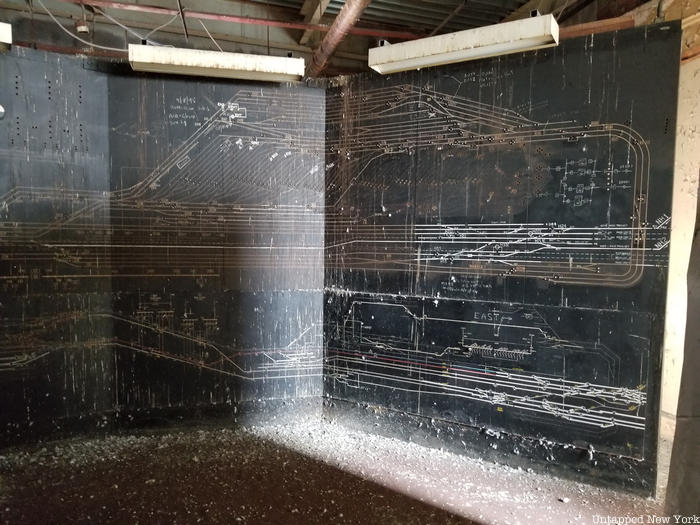
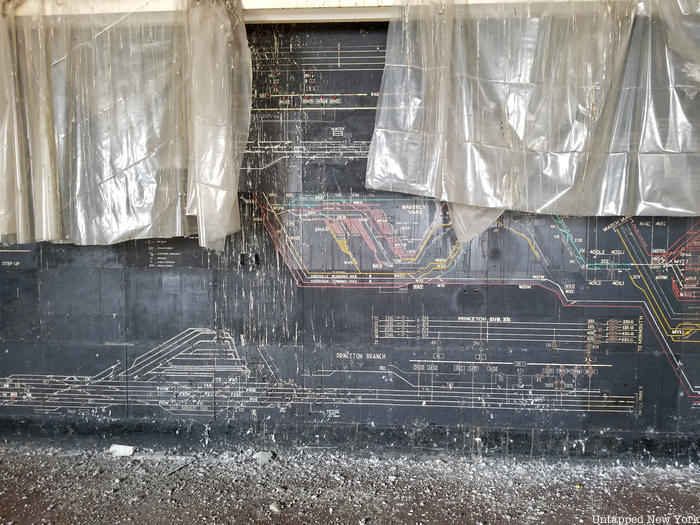
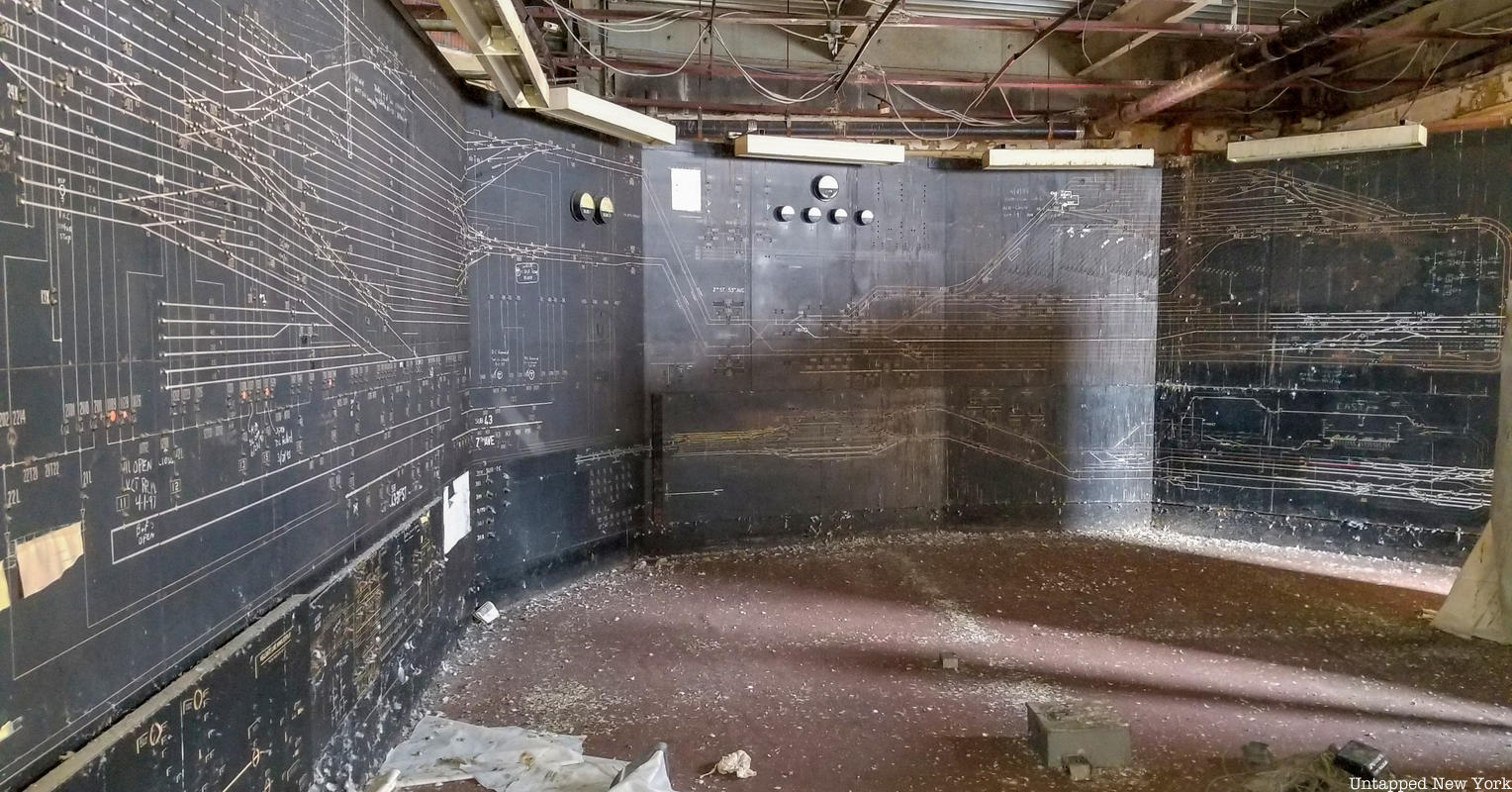
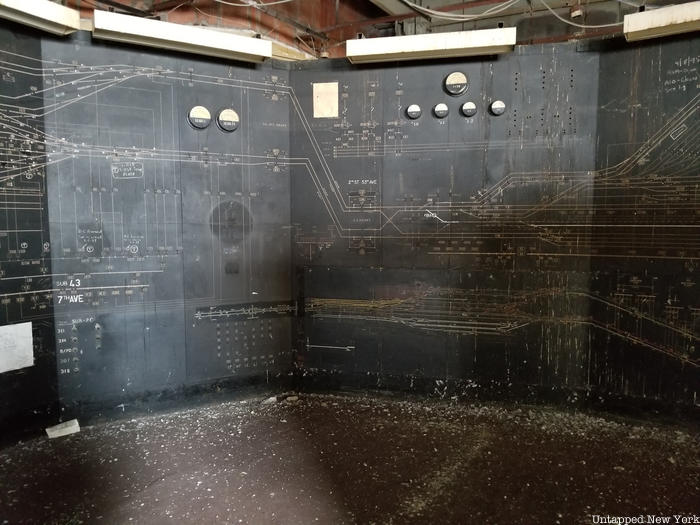
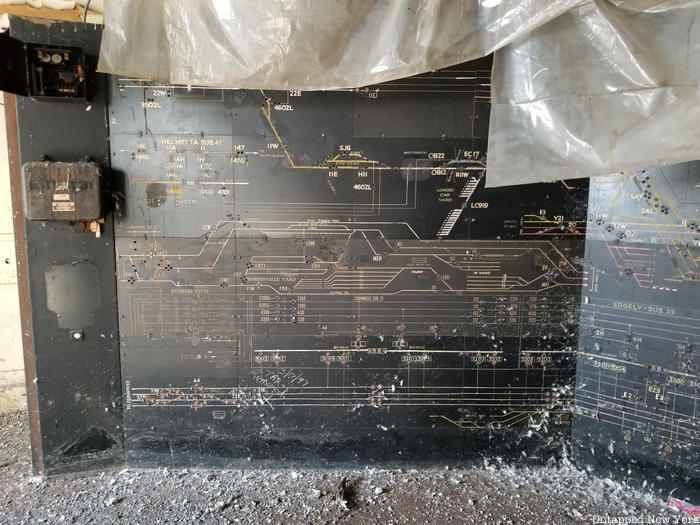

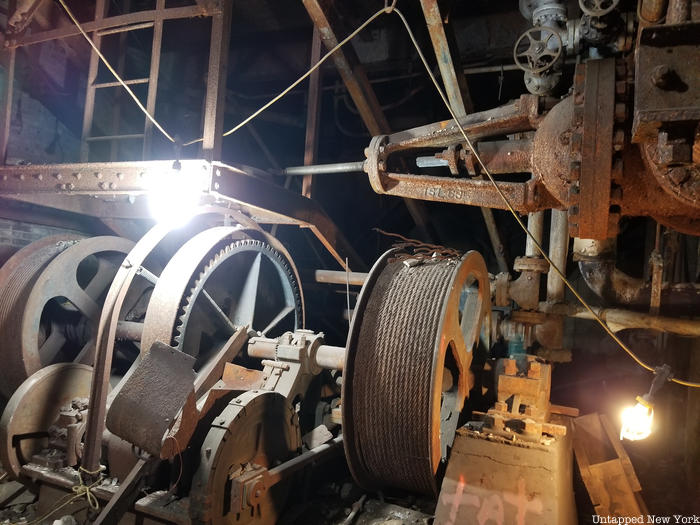

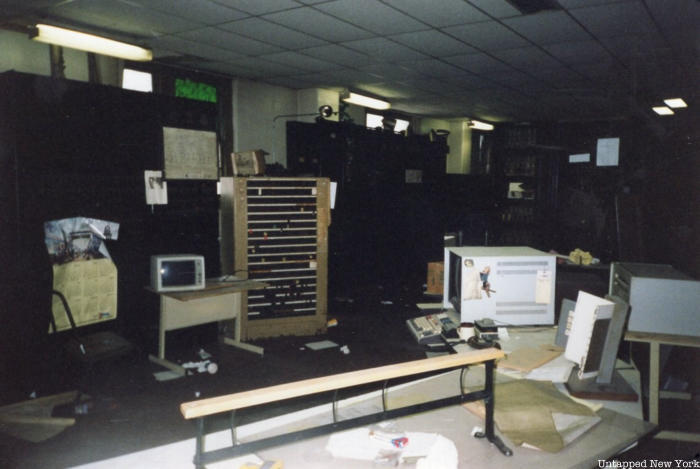
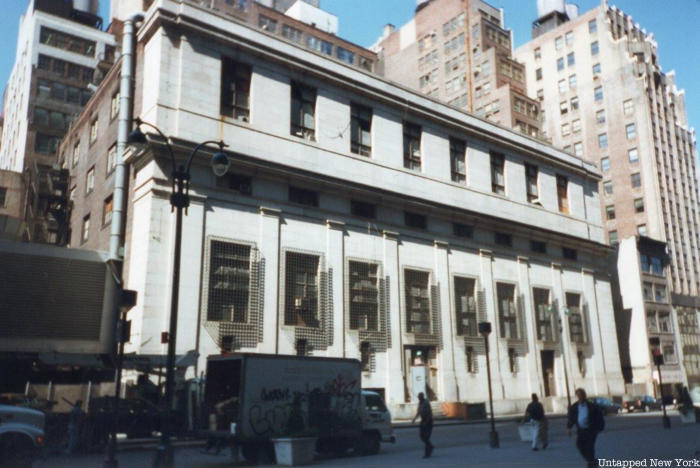
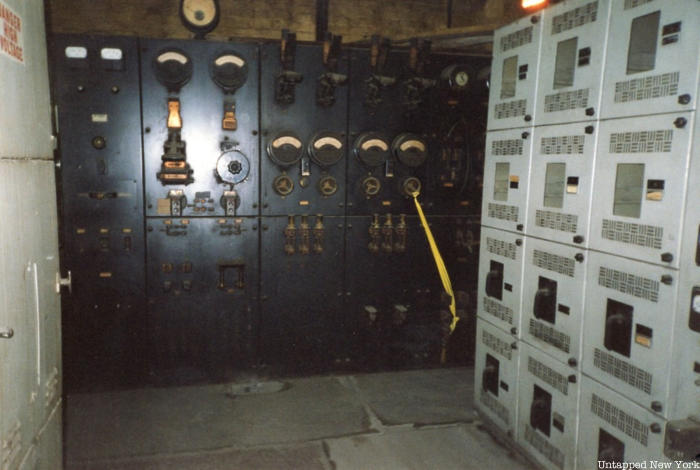
Next, check out 5 Remnants of the Original Penn Station in NYC






